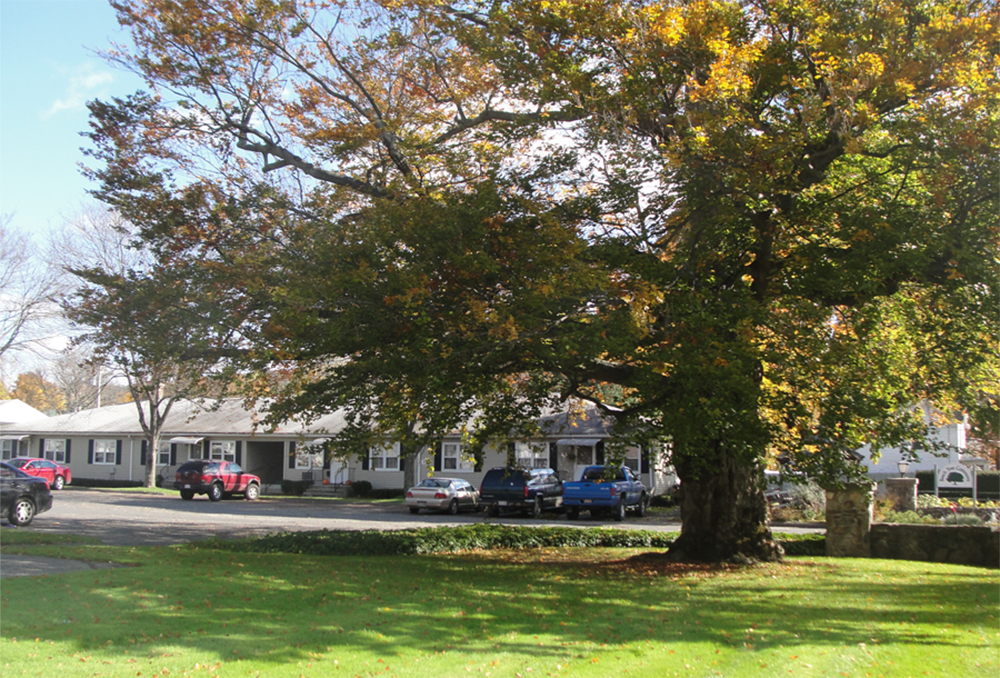News: Appraisal & Consulting
Posted: June 12, 2008
Understanding unique R.E. from an appraiser's viewpoint
Unique is defined with words like remarkable, being the only one of its kind, and distinctively characteristic. Combining this word with real estate is an interesting concept.
Most people in this region would recognize the unique attributes and designs of business buildings like the glass architecture style of I.M. Pei's John Hancock building in Boston or the interior revolving room and exterior stair design of the Hyatt Regency in Cambridge which have been in existence for many years. Two modern designs portraying the concept of unique real estate are an M.I.T. building on the corner of Main and Vassar St. in Cambridge and the Institute of Contemporary Art (ICA) building in Boston.
The purpose of this article is to provide a scope of understanding of unique real estate and real property primarily from a residential viewpoint. Based on my knowledge and experience from appraising properties in Mass. for many years I will ask the classic and traditional questions of who, what, when, where, why, and how to provide the framework for a basic foundation of knowledge on this topic.
What is a unique residential property? Certainly, it is one that makes a lasting impression. Unique residential properties are generally associated with an event or an individual prominent in national or local history or they are a significant example of an architectural style or architect's work. Historical homes are classic examples in this category because they are an important part of local or national history.
Unique homes are often described as having style and elegance, they are very gracious, distinguishable residences. These properties typically include many special features, characteristics, extraordinary materials, and workmanship. An accurate profile of unique properties according to Pam Bunker from the Assessing Department in Chilmark refers to these special features as 'bells and whistles.'
A unique property I appraised in a community approximately ten miles from Boston had distinctive architectural style window and door frames with granite and a remarkable tile roof. A unique property on Martha's Vineyard had esteemed roots to the historical Adams family.
Who designs or builds a unique residential property? A unique residence is often built from an architect's plan or from ideas that are significant to the owner, builder, and or a special segment of the market. An architect or builder creates and customizes their own home, allowing them to express their individuality.
When is a unique property built? Unique residential properties range from historic homes built around the 1800s to homes currently being built in 2008. In summary, the age of these properties varies widely, including old and new properties.
Where are unique residential properties located? Simply stated, unique residences are located in urban, suburban, and rural communities.
Why is a unique property built? A unique property is built because it reflects what is important, appealing, and significant to this segment of the market generally and to an owner specifically.
How is a unique residential property constructed? A unique residential property is constructed with apparent detail and workmanship. Special attention is given to the quality of exterior and interior material and features. The relatively higher quality and construction class of this type of residence is noticed by the appraiser. Distinctive characteristics in the unique property ten miles from Boston I mentioned earlier were the remarkable granite and marble flooring in the interior.
It is often expressed there are few or no comparable sales when appraising unique properties. However, the basic concepts of real estate appraisal and methods of valuation can be applied to these more unique situations. It must be recognized that the nature of these properties is challenging and complex for even experienced appraisers.
Teresa MacNutt is the owner of Terri Mac Co., Belmont, Mass.
Tags:
Appraisal & Consulting
MORE FROM Appraisal & Consulting
Boyle of Chozick Realty negotiates $7.95m sale of 66-unit property
Barrington, MA Tom Boyle of the Hartford, CT office of Chozick Realty has completed the marketing and sale of the 66-unit Beechtree Commons Apartments for $7.95 million or $120,454 per unit.

Quick Hits






.png)